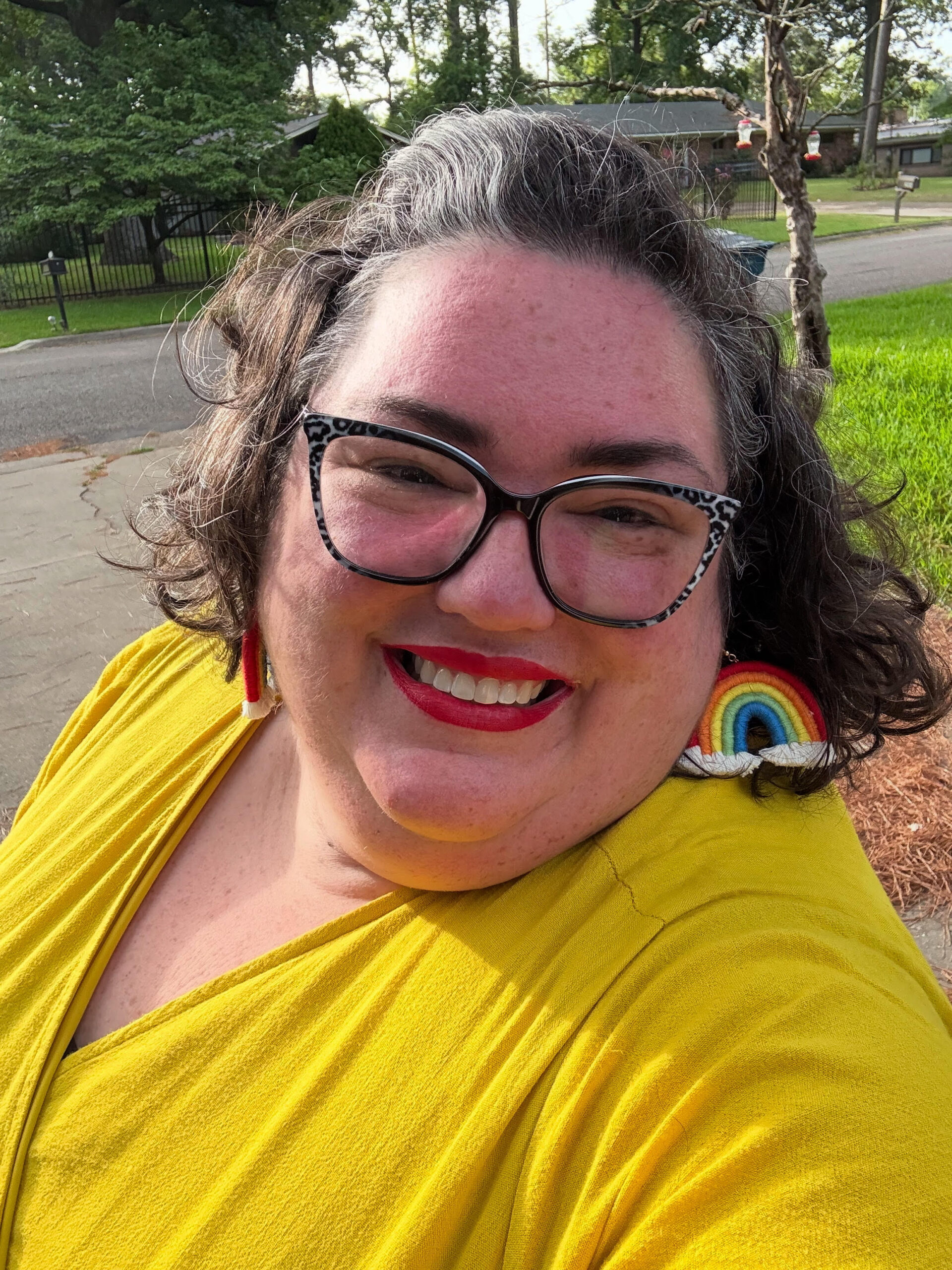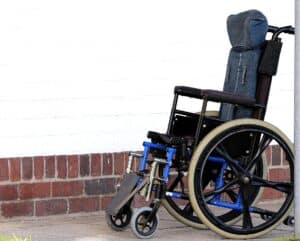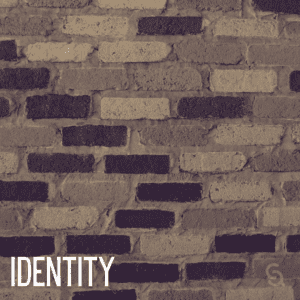 When Jesus appears to the disciples while they are hiding behind locked doors after the crucifixion, his first words are, “Peace be with you!” (Luke 24:36-49). Luke tells us the disciples are “startled and frightened,” and to calm them—to give them the peace he just offered—Jesus shows them his hands and feet. It’s a way of proving he is their crucified and resurrected friend.
When Jesus appears to the disciples while they are hiding behind locked doors after the crucifixion, his first words are, “Peace be with you!” (Luke 24:36-49). Luke tells us the disciples are “startled and frightened,” and to calm them—to give them the peace he just offered—Jesus shows them his hands and feet. It’s a way of proving he is their crucified and resurrected friend.
I often wonder what Jesus actually looked like in his resurrected body, that his closest friends didn’t recognize him—not only in this moment, but also on the road to Emmaus and at the miraculous catch of fish. In Luke’s telling, regardless of Jesus’s facial features, what anchors his identity are his wounds. I have to remind myself often that, as strange as it seems—given all we’ve been taught in popular Christianity about heaven and perfection—the resurrected body of Jesus still bears the marks of suffering. It may seem counterintuitive, but it bears exploring: The risen Messiah is identified by his physical deformity.
I, along with many disability theologians, argue that Jesus isn’t just scarred—he is disabled. He is the Lamb with a limp, like his forefather Jacob. This understanding is rooted in Revelation 5:6, where Jesus is described as “a Lamb, looking as if it had been slain” (NIV). With serious wounds and possibly a limp, Jesus might be unrecognizable in many of our modern churches. Would he be welcomed? Or would we have too many physical and emotional barriers to let him in?
In Luke’s account, the disciples’ first response to the risen Christ is shock and fear—feelings not unlike those people sometimes express when encountering disability today, even within the Church. Infirmity and illness are often viewed as anomalies. Our sanctuaries and public spaces are filled with able-bodied people, and even in congregations with elderly members, we rarely see intentional designs for access—ramps, handrails, or other accommodations. When accessibility is an afterthought, it’s no wonder that people with disabilities often feel like outsiders. I say this as a person of size with mobility issues—being an afterthought can kill any desire to join in fellowship, no matter how warm the welcome.
Apart from my size, which is always on display, I have the privilege of being “able-passing”—my disability isn’t obvious at first glance. But I’ve heard countless stories from visibly disabled people about the ways others respond with discomfort, stares, or even outright hostility. Like the disciples encountering the risen Jesus, many people are startled and frightened. That fear can become exclusion. It is past time for the Church to be a beacon of justice—not only in word but in practice—for the disabled members of our beloved community.
How can our churches become sites of disability justice? I believe we can begin by centering the disabled experience through three commitments: accessibility, discussion, and communion.
Accessibility
We must start by “speaking peace” to disability and centering the disabled experience, just as Jesus did with the disciples. This includes all forms of disability—mobility, intellectual, neurodiverse—and requires thoughtful, ongoing collaboration with disabled members. Meeting accessibility needs will take research, intention, and—most importantly—conversation. Seek out the wisdom of disability-and-the-church consultants like Robert the Contemplative, Shannon Dingle, or Summer Kinard, who offers autistic-informed strategies and resources.
Discussion
When Jesus sees the disciples’ fear, he doesn’t rebuke them—he engages them. “Why are you troubled, and why do doubts rise in your minds? Look at my hands and feet. It is I myself!” (Luke 24:38-39). In the same way, churches must foster open, theological discussion about the value and beauty of disabled bodies. This is not a side issue—it’s central to the gospel’s call to center the marginalized. Books like Loving Our Own Bones by Julia Watts Belser and Perfect in Weakness by Maja I. Whitaker are great places to begin.
Communion
After showing his wounds and engaging their doubts, Jesus eats with the disciples. That simple meal restores communion. In our churches, communion must go beyond the Eucharist to encompass full participation in community life. Disability can be deeply isolating. Offering meals, practical support, and emotional connection builds bridges between abled and disabled members. This is how churches become truly inclusive spaces.
By committing to accessibility, discussion, and communion, the Church can reflect the heart of Jesus—wounded, resurrected, and present—among the marginalized and disabled in our midst.
 Amanda Martinez Beck is a fat and disabled activist, educator, and the author of More of You: The Fat Girl’s Field Guide to the Modern World. Amanda lives with her husband and four kids in northeast Texas, and she writes a weekly at TheFatDispatch.com.
Amanda Martinez Beck is a fat and disabled activist, educator, and the author of More of You: The Fat Girl’s Field Guide to the Modern World. Amanda lives with her husband and four kids in northeast Texas, and she writes a weekly at TheFatDispatch.com.


